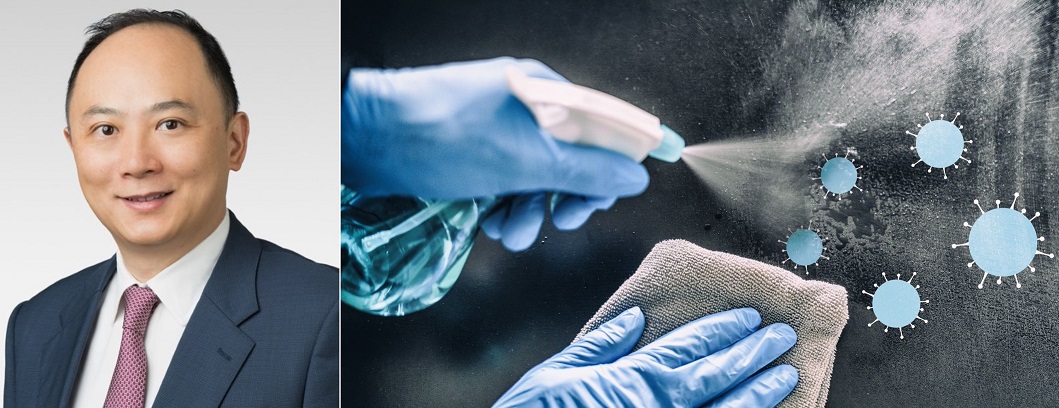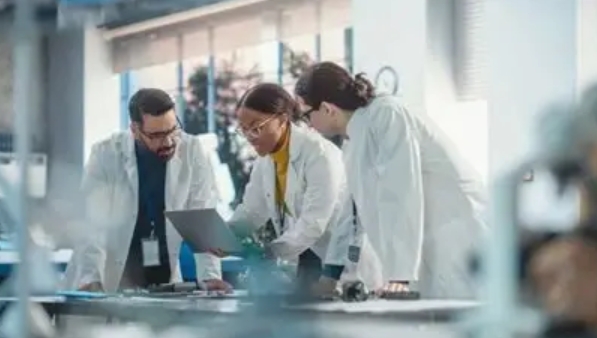
Lewis Ho, CEO, Avalon SteriTech, Hong Kong
Health and safety continue to top the agenda when it comes to moving on to a new normal. Integral to this is the way we clean and disinfect our environment, from personal to public and communal spaces, forcing us to take a deeper look at the products, methods and technologies being used. Alongside innovative leaps in healthcare and medicine, strategies to improve environmental cleanliness and safety are key prerequisites for global economies to open up. Lewis Ho, Chief Executive Officer of Avalon SteriTech, a global start-up focused on providing next-gen cleaning, disinfection and sterilization technology and infrastructure for public spaces explains more in this regard.
Chemical disinfectants play a crucial role in infection control by eliminating harmful pathogens from the places we frequent. However, the use of disinfectants is a double-edged sword as misuse or overuse of chemicals can lead to environmental- or health-related toxicities. In fact, according to the Asia Consumer Confidence Index conducted by Ipsos and Avalon SteriTech, 63% of Asian consumers admitted to being worried about the overuse of chemicals for disinfection purposes during the pandemic. Impact of disinfections on environment can no longer be overlooked and its essential to understand the associated benefits and risks of our current cleaning practices
An overall low awareness of the proper use of cleaning products and disinfectants, even in small quantities, pose little risk to the user, but the risk to community and the environment is larger. Apart from acute and chronic health risks, the improper or excessive use of disinfectants can lead to environment contamination as well as a subsequent rise in antimicrobial resistant microorganisms, which can have a devastating impact on the global healthcare infrastructure. As cleaning and disinfecting public and private areas continue to be one of the leading ways we fight the pandemic, it is vital we increase our awareness of the science behind disinfection and fully understand how best to use these products in a responsible and effective way.
Making more responsible choices
| DISINFECTANT | COMMON APPLICATION | ADVANTAGES | DISADVANTAGES |
| 70% Alcohol Solution | • Hand washing • Sterilization of skin |
✓ Inexpensive | ✘ Flammable ✘ Eye irritant |
| Chlorine Compounds | • Commonly found as bleach • Household disinfection |
✓ Inexpensive ✓ Efficient towards a wide range of pathogens |
✘ Corrosive ✘ Unpleasant odor ✘ Eye and skin irritant ✘ Fresh solutions required |
| Phenolic Compounds | • Hospital disinfection | ✓ Excellent biocidal properties | ✘ Unpleasant odor ✘ Toxic to human and aquatic environments |
| Quaternary Ammonium Compounds (QUATS) | • Disinfection in large commercial space | ✓ Easy to use ✓ Odorless ✓ Less corrosive ✓ Stable |
✘ Eye and skin irritant |
Bridging the gap with robotics
Being aware of disinfection products and diligently practicing precaution are essential for safety and health. This is particularly true for front-line cleaning staff, who are regularly exposed to a high concentration of chemicals. The risks involved in manual cleaning, brought on by the increased use of disinfectants, cannot be addressed by traditional methods. This is where innovation can help.
Robotics solutions for the cleaning and disinfection of public spaces not only limits human exposure to potentially harmful chemicals, but also minimises the overall use of chemicals, benefitting both people and the environment. Furthermore, consistently disinfecting large areas with complex topology is very time-consuming and laborious. Collaborative robots, or “cobots”, are beginning to emerge as a solution for repetitive and dangerous cleaning tasks, thereby mitigating the risk of chemical exposure and creating opportunities to redirect resources to more skilled work.
Smarter cleaning for a safer tomorrow
Embracing a smarter approach to cleaning and disinfection leaves us better positioned to navigate unprecedented health and safety issues. We are seeing more governments and businesses taking proactive actions to enhance hygiene and health standards for communities around the world, whether through information sharing, technology advancement or even research into “greener” chemical use for cleaning products and disinfectants. This trajectory guides us towards a new normal that is aligned with the United Nation’s Sustainable Development Goals, ensuring we strike the right balance in our public safety practices now so as to sustainably safeguard the health of people and the planet in the future.
Edited by:
Hithaishi C Bhaskar
hithaishi.cb@mmactiv.com




